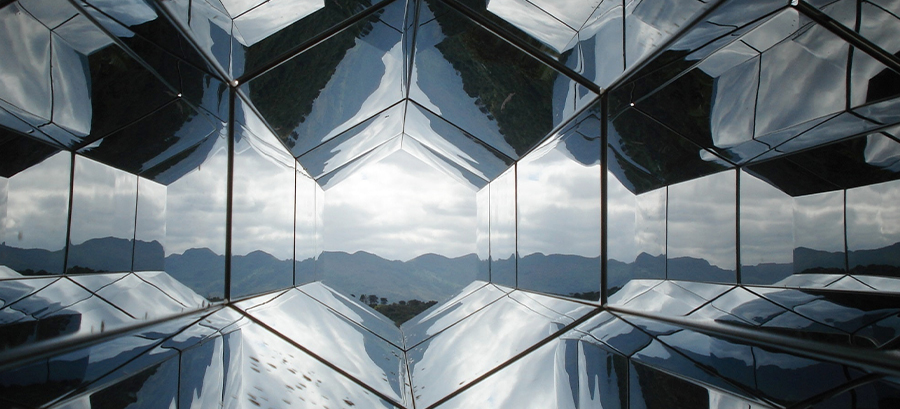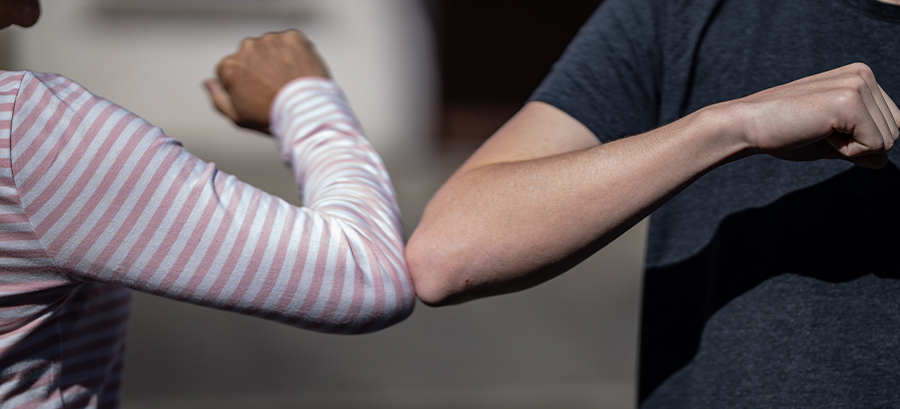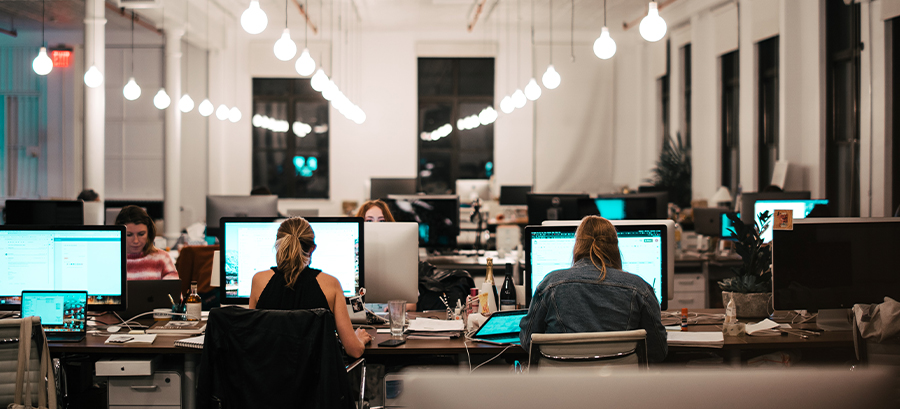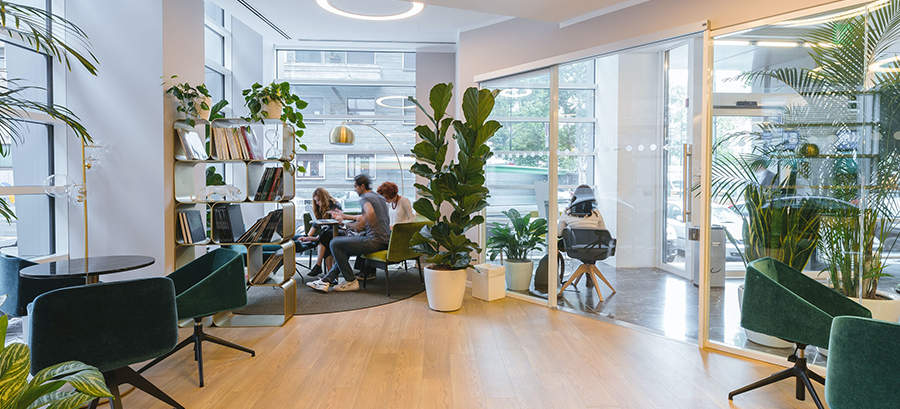Remember when the future of work was something we looked forward to, not something that already happened? Instead of happening gradually, the COVID-accelerated future smashed through a brick wall like the Kool-Aid Man. And while some were echoing his would-be ‘Oh Yeah!’, others were shouting quite the opposite. What we often forget, though, that while the idea of work and where we do it has changed for many, many people, it also hasn’t changed much for others. But that doesn’t stop us from talking about the future of work as though it looks and feels one way to all people.
The future of work can’t be talked about as one thing; it has to be as unique as the profession, position, and person we’re talking to.
Yesterday, I took my weekly trip to the grocery store to stock up for the coming days. Following that, I stopped by the FedEx store to pick up a parcel, waved to a police officer on my way home, stopped to get some cash from my bank, and ventured back home. For any of these people I encountered, work hasn’t changed other than the mask we all wear, the plexiglass separating us, and the copious amounts of hand sanitizer and disinfectant I saw during my travels. What does the future of work look like for these people? Something much, much different than it might for Twitter, Shopify, or Facebook employees that will be working from home for the rest of the year- and perhaps indefinitely.
The essential workers that have enabled us to keep the last piece of normalcy in our public lives make up some 28% of the workforce. For these people, the future of work is going to look different than it might for the 41% of people that work in an office, or used to. And even when we look at the office, the trends from cubicles to open office, to remote and flex work, and custom varies wildly. Pontificating about what the future looks like for these people as if they all fit in the same box is a bit of a misunderstanding of the uniqueness and variety of professionals across the country.
With all of this said, perhaps the future of work isn’t a place or a style of work at all; perhaps the future of work is a way of communication, creation, and experimentation. Perhaps the future of work then, is more of a leadership trait than it is a north star; not a place we arrive at but rather a place that we build.
Take companies that are surveying their people right now, for example. They’re asking who needs to come back, when, and how much they are liking working at home. Employees are being asked where they are most productive, happiest, and how they like to communicate and keep in touch with the team. This practice is what I would consider drawing the blueprints before starting construction on what the future might look like. This customization will create offices we have never seen before filled with people that are there by choice, not by force. This process is how we create a unique future and truly understand the identity of our people and teams.
Cinderella’s glass slipper didn’t fit any foot but hers. No two American houses are finished the same, and no two workplaces are going to be identical. To suggest that the future of work looks a single way doesn’t take into consideration the people that are working or what they want that work to look and feel like. If we truly want to build a better, more intentional future of work, it has to be done by our people, it has to be by design, and it has to fit who we are and where we’re going.
As soon as we realize that our future might not look the same as anyone else’s, that’s when we’ll know we’re on the right track and heading in the right direction.
Questions to ponder:
How could we apply this drawing blueprints model of thinking to other things we do (product launches, on-boarding etc.)?
What if we applied this thinking to other areas of work and life? What could happen as a result?
What would you add to make this line of thinking even more effective?
More posts
Given the Pandemic, There is Currently Something More Important Than Our Company ‘Why’
Over the past months, the pandemic has dominated the headlines. Greta Thunberg and the acute…
Most of us can vividly recall the nervous feeling right before our teachers would take…
More Than Just an Office: The Potential of the Workplace of Today
“I just want things to go back to normal.” Perhaps you have either heard or…



